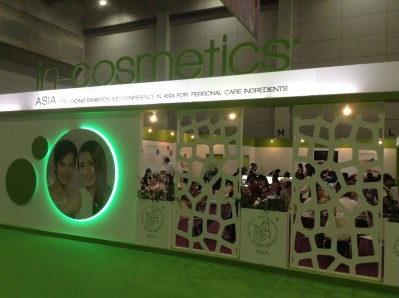Sustainability Special Newsletter
Does Asia's consumers care about 'eco friendly' over price and texture?

In 2014, market researcher Nielsen reported online consumers across 60 countries as willing to pay more for products and services provided by companies that are committed to positive social and environmental impact.
Of those findings, the firm reported 'the propensity to buy socially responsible brands' is strongest in Asia-Pacific (64%), Latin America (63%) and Middle East/Africa (63%). The numbers for North America and Europe were 42 and 40 per cent, respectively.
And while many parts of Asia still have a way to go in equipping themselves to completely switch to greener processes, Japan is reported to be leading the way, striving to be more ecological or socially responsible in its efforts.
This includes sustainability claims on packaging or actively promoting greener actions through marketing efforts.
Green comes with a hefty price in some markets though...
In 2015, the Singapore Environment Council (SEC) and Consumers Association of Singapore (CASE) ramped up their efforts; lobbying consumers to prioritize eco-friendly products.
They also reached out to more than 3,000 companies which included some beauty players to get their commitment and declaration in procuring their wood, paper and/or pulp materials from sustainable sources.
However, introducing sustainable practices comes with a cost.
According to the SEC, it will cost a company about S$5,000 per product line to get it green-certified. The more complex the test requirement, the higher the fee.
"There are also more complex product categories, which require, for example, biodegradability testing - that takes a long period and that could easily cost up to about S$5,000 to S$6,000. Different test labs have different price requirements," head of eco-certifications at the SEC, Mr. Kavickumar explains.
This means that in this market, the smaller players will struggle to compete with the international giants who have the budgets for this sort of project, so there is much to do in the way of eco-friendly product awareness and certification labeling in the next few years if it is to catch up with the West's efforts...
Cosmetics industry in the region has been working to become greener...
Producing cosmetic ingredients in a sustainable way has become a pressing issue for the beauty industry and companies are responding to the pressure to adopt 'greener' strategies.
Coconut oil derivatives for example are increasingly being used in personal care, and with over 15 billion, the Philippines is one of the leading global producers of coconuts a year, covering about 26 per cent of the country's land.
One recent project, partly financed by the German Federal Ministry for Economic Cooperation and Development (BMZ) and Deutsche Gesellschaft fur Internationale Zusammenarbeit (GIZ) GmbH, was established to process oil from the coconut flesh in a more sustainable way on the southern island of Mindanao.
German chemicals firm BASF got involved and after a three year period succeeded in establishing the world's first certified production of dried coconut flesh or 'copra' to oil in the Philippines.
As a result of the project, 300 small farmers from the region now produce the world's first Rainforest Alliance certified copra meeting the standards of the SAN.











